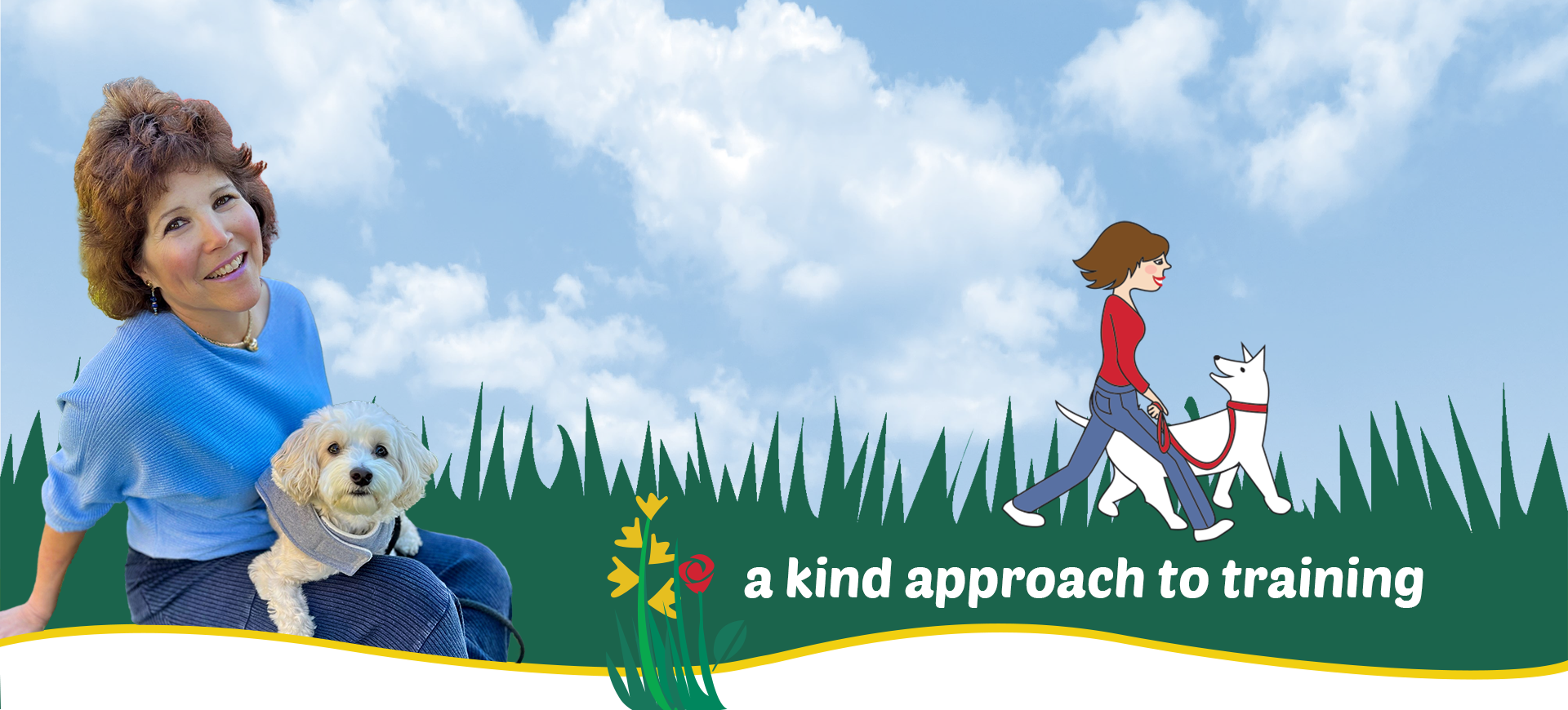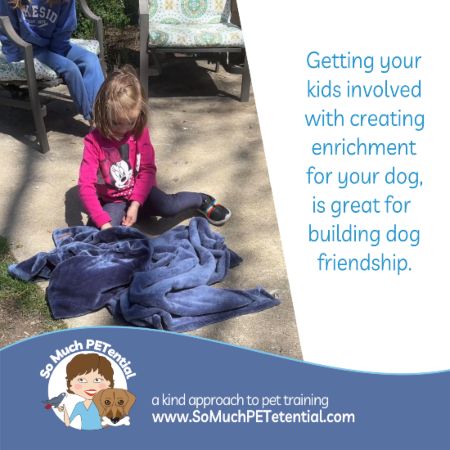It may not seem like it should matter, but there is a difference between focusing on cues rather than commands in dog training.
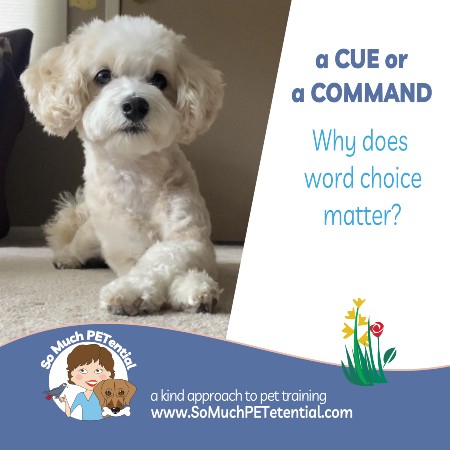
Which do you use with your pet? A dog training CUE or a COMMAND to indicate a behavior you want your dog to do. Command is widely used, probably without any thought to why, it just is spoken – even by those who train their dog using positive reinforcement. I pay attention to use the word cue instead. In this post, I will explain why.
The Dictionary Meaning Of A Cue Vs Command
To begin, let’s look at what the dictionary has to say about the definition of those two words.
According to www.merriam-webster.com, COMMAND means to direct authoritatively, to exercise a dominating influence over, to have or exercise direct authority, to give orders, to be a commander or to dominate as if from an elevated place. CUE means a signal (such as a word, phrase, or bit of stage business) to a performer to begin a specific speech or action, a feature indicating the nature of something perceived.
Here is my dog training perspective on cues and commands.
The word COMMAND connotes in my mind force. It refers to ordering the learning process without choice, to the teacher using increasingly more aversive strategies to get the animal to do what is wanted. And all of this points to added stress to the learner. It can lead to an animal only working to the level needed to avoid punishment, checking out of the lesson, doing more appeasement signals, even showing aggression or learned helplessness. Most definitely this will not help to foster a love of training in the learner.
On the other hand, when a behavior is taught by using positive reinforcement consequences to build lots of value for the animal to do what is asked, then the CUE is simply a green light that tells the animal that *if* a behavior is done (in a determined amount of time or circumstance), *then* something the animal really values will happen.
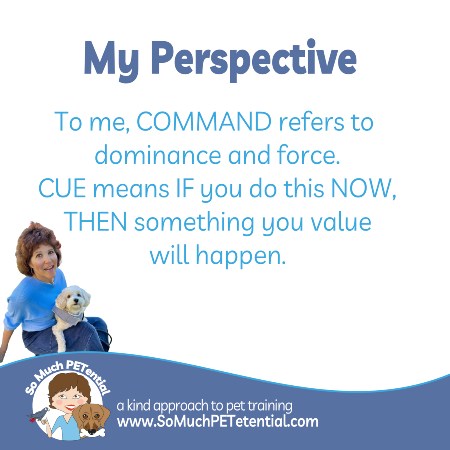
By teaching in this way, you naturally see much stronger/more frequent taught behaviors. You see a learner who chooses to stay in the lesson. You don’t see those appeasement signals, aggression or learned helplessness. And you more than likely will see that animal want to learn more behaviors from you.
Now think about how your attitude and your focus affects how you communicate with others. If you think about dog training in terms of dominating and ordering your dog, you will be entering that lesson with a very different approach than you would if you focused on how you could make those choices you want to see…THE MOST VALUABLE choices from your pet’s perspective.
THIS is why I prefer to teach using cues rather than commands.

